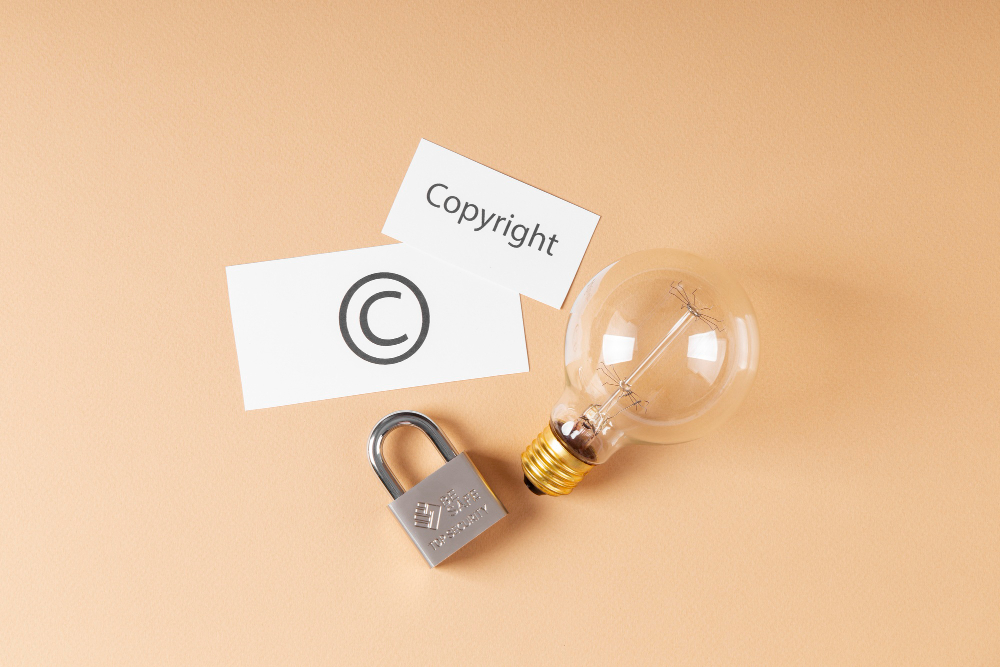As more AI is used in creating music, art, literature, and programming, there is pressure on copyright law. The issue of authorship and originality is forcing legislators to rethink traditional definitions as they try to protect human creativity and address the rise in content generated by machines.
Legal Uncertainty Around Authorship
One of the most significant issues is the concept of authorship. Copyright law generally safeguards works created by humans. For works created with the assistance of AI, however, there may not be an identifiable author. The gap places many AI-assisted works in a state of legal vacuum.
Most jurisdictions still insist on a human being directly responsible for the work to grant protection. The question is whether a person utilising an AI tool is the author or the machine alone should receive credit. This uncertainty affects creators, developers, and publishers who employ AI in their creative work.
As noted in this article on AI and intellectual property rights, nations such as the UK and China are already making suggestions for changes to make their copyright legislation more accommodating regarding works produced by AI.
The Debate Over Originality
A second point of contention is the requirement of originality. Courts and copyright authorities generally require originality for a work to be accepted. Works generated by AI sometimes appear like the work of human beings, so the question arises of whether the creative process can be original if an algorithm is responsible.
Because AI programs are trained based on pre-existing data, it is claimed that their creations will be derivative and potentially infringe on previous works. This poses a problem in determining whether a new work is infringing.
International Responses and Regulation
Responses vary globally. The European Union is considering regulations like the AI Act that could influence copyright protection. In the United States, the U.S. Copyright Office recently confirmed that works must possess “human authorship” to register, but did leave some room for interpretation regarding AI-aided works.
Meanwhile, other nations are establishing new laws for content generated by AI. These developments take place gradually yet are crucial to ensure that the law safeguards new ideas and embraces creative integrity.
Conclusion
The growing role of AI in creativity has put the boundaries of conventional copyright into sharper focus. While there is no global consensus yet, the legal sector is already seeking solutions. Over the next few years, we can anticipate new definitions, rights, and responsibilities emerging from the marriage of human and machine creativity.

